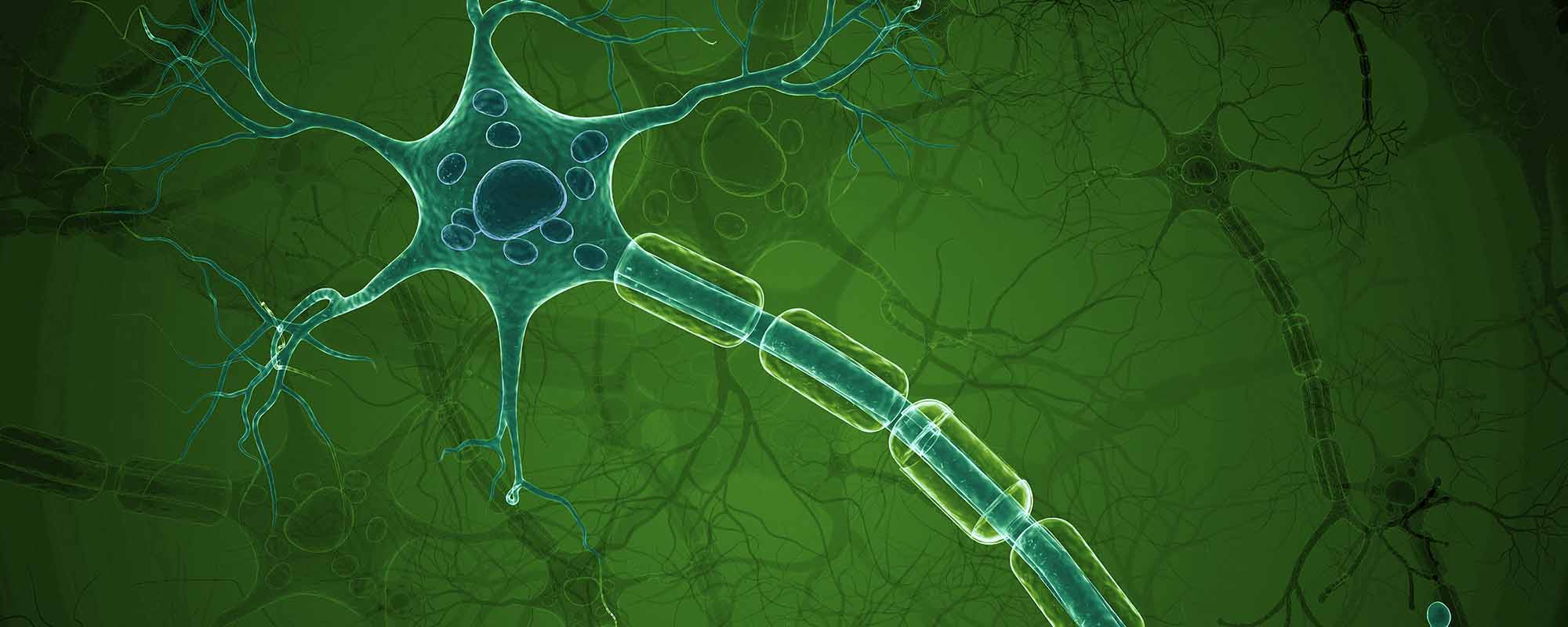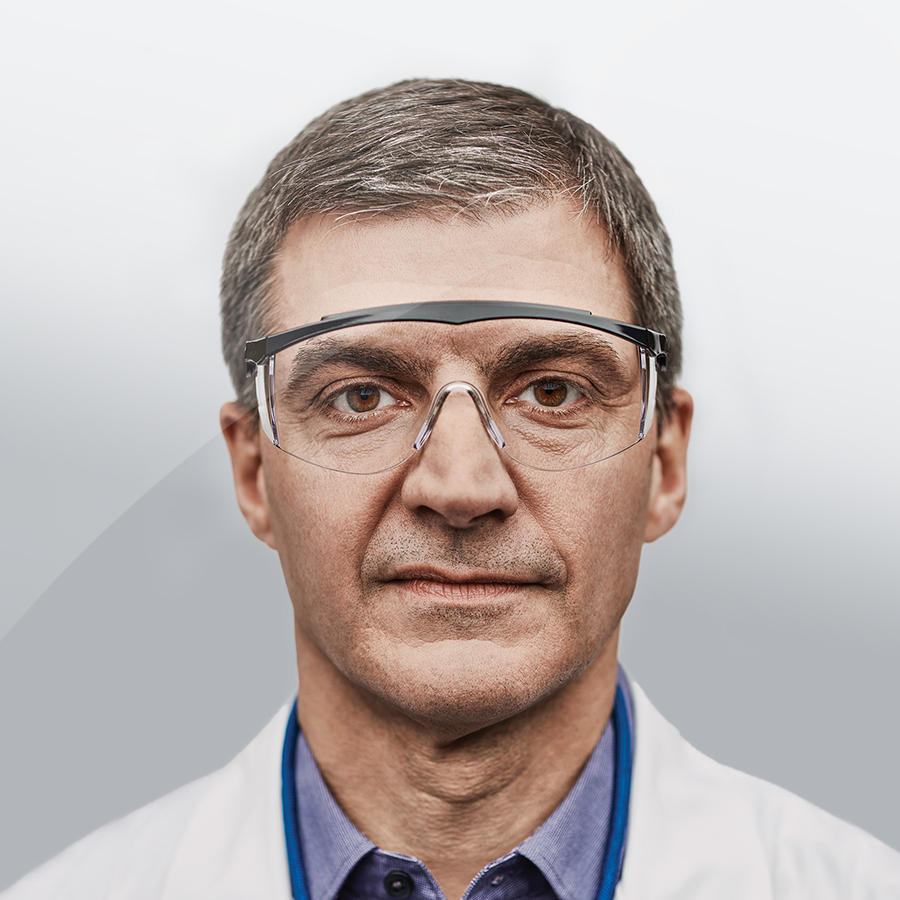UPDATE: On November 22, 2020, after a seven-year battle with ALS, Pat Quinn passed away. Pat was a tireless advocate for innovation for patients with ALS and brought much-needed attention to this devastating disease. His joy, perseverance and fighting spirit will be missed. To learn more about Pat's selfless contributions to the ALS community, please visit the ALS Association.

Taking Out ALS
A Top Challenge Generates A Tidal Wave Of Research And Innovation
Pat had just turned 30 when he started to feel weakness in his arms and hands. He went to the doctor, who diagnosed Pat with amyotrophic lateral sclerosis (ALS.) “It was a shock,” Pat recalls, ”but I knew I was young. I knew my progression was not too fast where I would die quickly.” Instead of sitting back and giving in to the disease, Pat decided to fight back, publicly. He started spreading awareness about his disease and working with local fundraisers. Eventually, his path led him to co-create one of the biggest philanthropic movements in social media history—the Ice Bucket Challenge—with his friend Pete Frates. Orginally, the challenge represented multiple causes, not just ALS. But when Pat learned about the initiative, he saw it as way to promote awareness for the debilitating disease.
He rebranded the challenge on Facebook—renaming it the ALS Ice Bucket Challenge—and uploaded videos of his family and friends dumping a bucket of ice and water over their heads. Instantly, the challenge took Facebook by storm, reaching athletes, musicians, celebrities and even world leaders. When reflecting on the ALS Ice Bucket Challenge’s effect on society, Pat is humbled by the experience. “It was amazing that a silly bucket of ice water changed the world. It isn’t going to bring a cure, but creating this awareness will show people that this disease needs all of our support.” To date, the social media phenomenon has raised more than $220 million globally and earned Pat a nomination for 2014 TIME Person of the Year. Moreover, the movement has not only helped millions of ALS patients worldwide but also keeps Pat’s spirit fighting every day.


Researchers Making An Impact
Pablo is a research and development director in neurobiology. He is one of thousands of researchers who investigates ways to prevent and treat neurodegenerative diseases like Parkinson’s and ALS. Pablo’s work is driving innovation in the field, and he is hopeful about the future of ALS research. “Scientists embark on journeys without knowing what we’ll find. [We] see signs from time to time that keep us going, [but] we need to be persistent.” Ultimately, Pablo centers his focus around one thing: improving the lives of his patients. “We need to thank patients for their commitment; they’re the ones that keep us going. When we see the challenges that they’re facing, the challenges that we face are put into perspective. Their strength is truly inspirational and engaging. They transmit to us a great sense of urgency.”
Researchers are doing everything we can to end ALS, and we’ll keep going. We’re not going to stop.
The Latest Innovations
Commonly known as Lou Gehrig’s disease, ALS is actually a group of rare neurological diseases. ALS mainly involves the nerve cells responsible for controlling voluntary muscle movements, like chewing, walking and talking. It’s a progressive disease, and currently, there are no effective treatments to halt or reverse its progression. However, there are treatments that help control symptoms and prevent unnecessary complications. One in particular reduces damage to motor neurons by decreasing levels of glutamate—an amino acid that plays a key role in the neural pathways associated with learning and memory. This treatment prolongs survival by a few months but does not reverse any damage already done to motor neurons prior to a patient taking the medicine. there are no effective treatments to halt or reverse its progression.
Currently, scientists are developing more inventive ways to understand the complexities of ALS. One approach uses an innovative stem cell model, in which skin or blood cells are taken from ALS patients and then transformed into stem cells. Stem cells can become any cell type in the body, such as motor neurons. Another area of focus is centered around epigenetics—the study of biological changes that can switch genes on and off. These changes can occur in response to multiple factors, including external or environmental conditions and events. Scientists hope that by understanding epigenetics, they can gain new insights into how ALS develops.
Although these innovative medicines are still at a very exploratory stage, researchers have never been more optimistic about the future.


Together, We Can Strike Out ALS
Thanks to the ALS Ice Bucket Challenge, research has come a long way. Increased awareness and support have helped researchers uncover a better scientific understanding of ALS. The challenge has not only changed the face of ALS, but also demonstrates that when people come together, we can make the impossible possible. For all of us.
Ready to Get Involved?
Make your voice heard to protect innovation.
